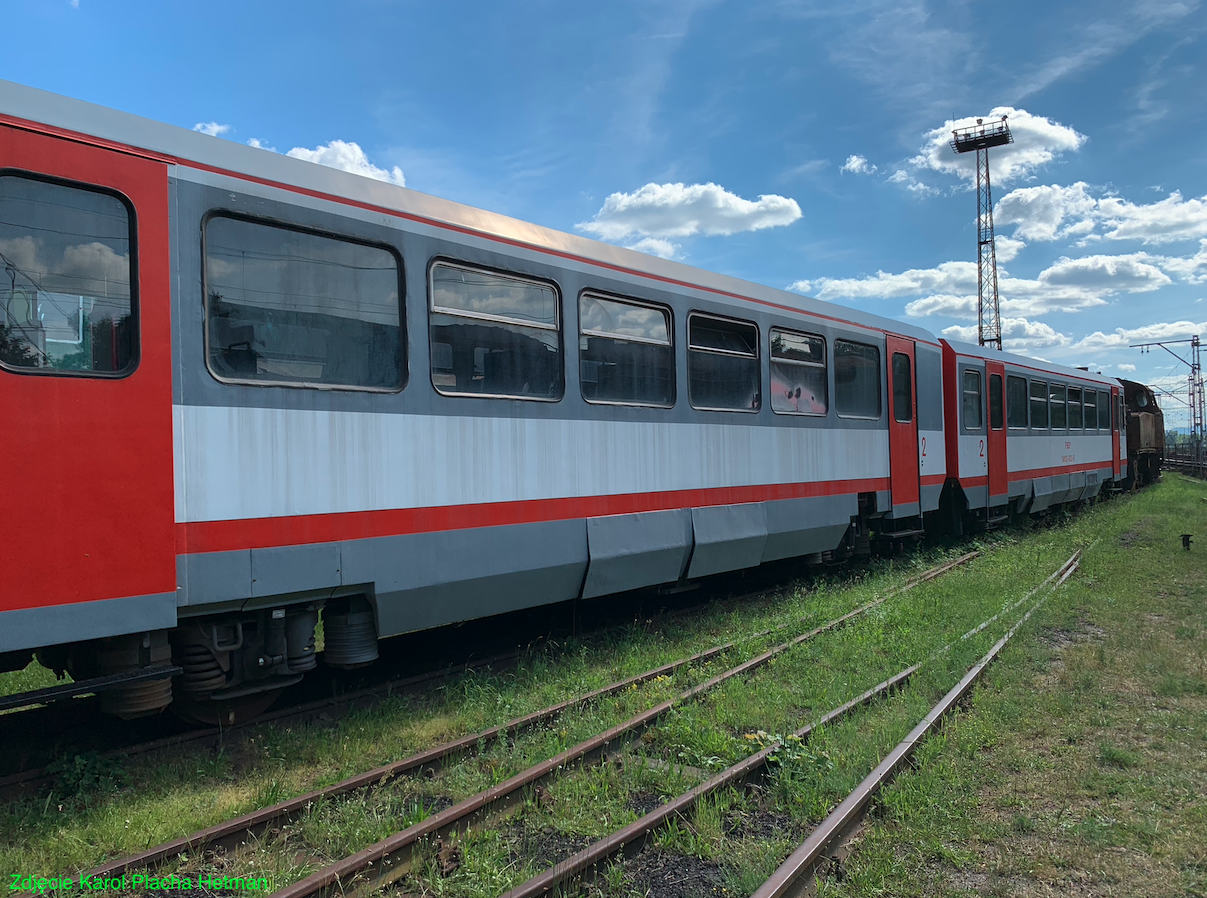Poznań 2022-07-23
Diesel Traction Unit ZNTK Poznań 207M, SA101, SA102.
Shortly after the social and economic changes in 1989, Poland began to respond to uneconomical rail connections, when heavy steam or diesel locomotives with one or two passenger cars were sent to the route with a dozen or so passengers. Since PKP did not have railbuses, they had to be developed and manufactured. ZNTK (Railway Repair Plant) Poznań began work. As a result of the work, a family of rail vehicles designated ZNTK Poznań 207M was created. ZNTK Poznań operated in the period 1870 – 2012.
ZNTK Poznań 207M vehicles are a family that includes SA101 + SA121, SA102A + SA111 + SA102B. Among them are two- and three-section railbuses. SA101 and SA102 are motor cars. SA111 and SA121 vehicles are trailer and shunting vehicles.
In 1989, PKP planned to buy 200-220 vehicles. The vehicles were produced in the period 1991-1996. Ultimately, only 3 two-unit and 3 three-unit units were built. Initially, the vehicles were directed to service routes in Pomerania and Lower Silesia. After PKP was restructured, all vehicles were transferred to PKP Przewozy Regionalne. In 2016, a decision was made to withdraw all vehicles from use. The last vehicle was withdrawn from service in July 2017.
The first vehicle SA101-001 + SA121-001 was ready in March 1991 and underwent tests at the Railway Scientific and Technical Centre in Warsaw. The second vehicle was presented in June 1991, at the Poznań International Fair. Test rides with passengers were conducted from December 1991 to March 1992. The trains ran on the Poznań – Gorzów Wielkopolski and Poznań – Grodzisk Wielkopolski routes. The vehicles proved to be economical, but they had infantile faults. Further tests were conducted on mountain trails: Chabówka – Nowy Sącz and Zagórz – Krościenko. They also went to Slovakia. All test rides enjoyed huge passenger turnout and, what’s more, they covered the specified route faster than classic trains.
It should be noted that the vehicles do not have automatic control, which would allow for the optimal selection of engine and transmission parameters, which requires a lot of experience of the drivers. And the drivers managed it well.
In 1993, it was decided to produce three-section vehicles. In February 1994, its tests were carried out in Warsaw. After the tests, the vehicle was sent to the Lower Silesian DOKP for the Jelenia Góra – Karpacz route. In 1996, the ZNTK Poznań plants built another two three-section units. Production was ended due to the lack of orders from PKP, which had major financial problems. Irregular payment of payments for the vehicles also led to a bad financial situation in ZNTK Poznań.
Since 26 May 2006, railbuses have been running on the Kraków Main Station – Balice Airport route via Mydlniki, as a pilot program. The railbus ride from the city centre took 15-16 minutes. The train was called Ekspres Balice. The first diesel trains were leased from other carriers. On 6 July 2006, the Marshal’s Office of the Małopolska Province signed a contract for the delivery of two PESA type 218Mc units, namely SA133-004 and SA133-005. Additionally, one SA101-001 + SA121-001 train and one SA109-002 train were borrowed. In August 2010, the delegated SA101-001 + SA121-001 returned from Kraków to Gdynia. In 2018, the SA102-002 vehicle was purchased by the Museum of Industry and Railways in Jaworzyna Śląska. The vehicle was transported to Lower Silesia. Its original paintwork was restored on site. Since then, it has been displayed at the museum.
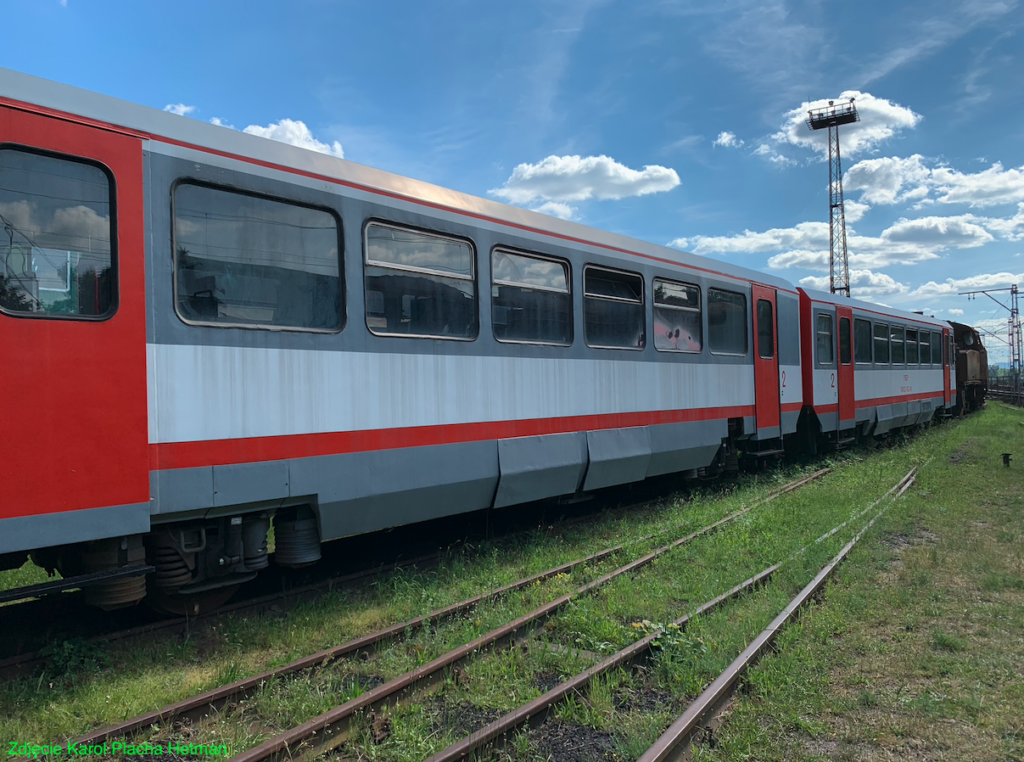

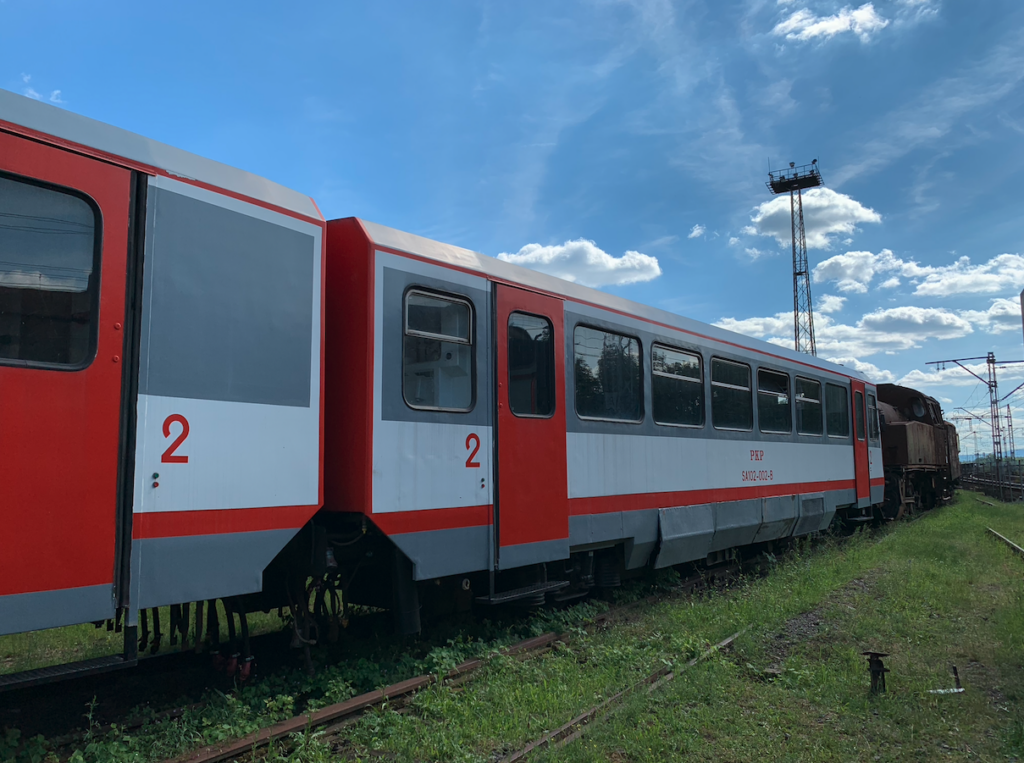
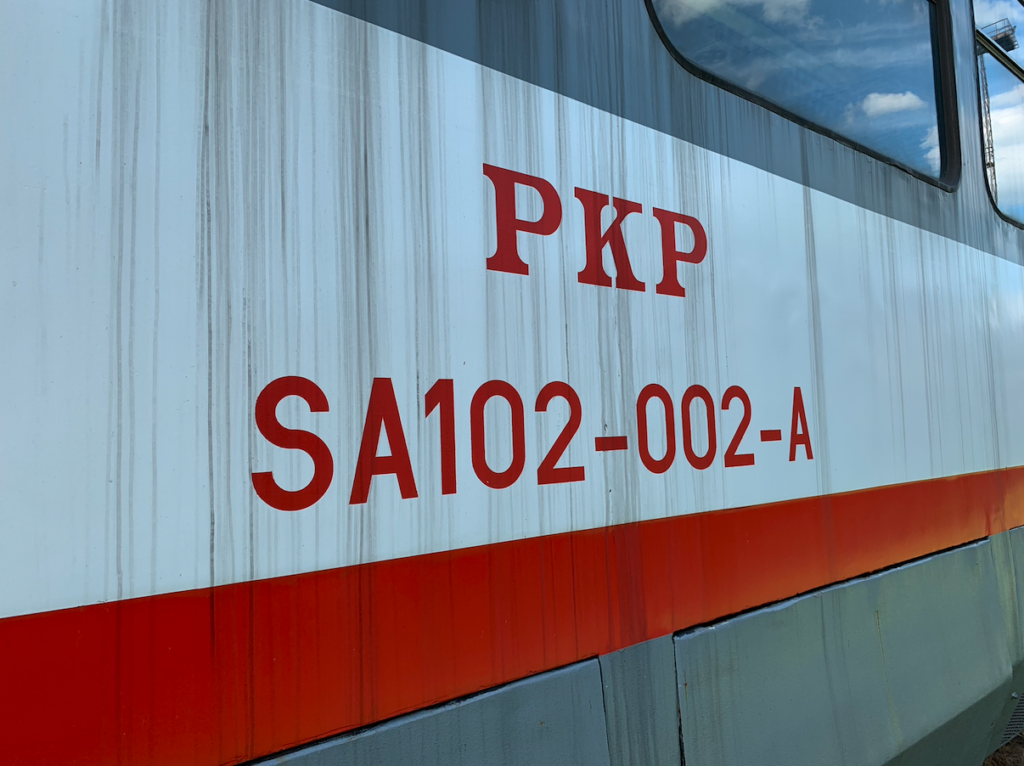
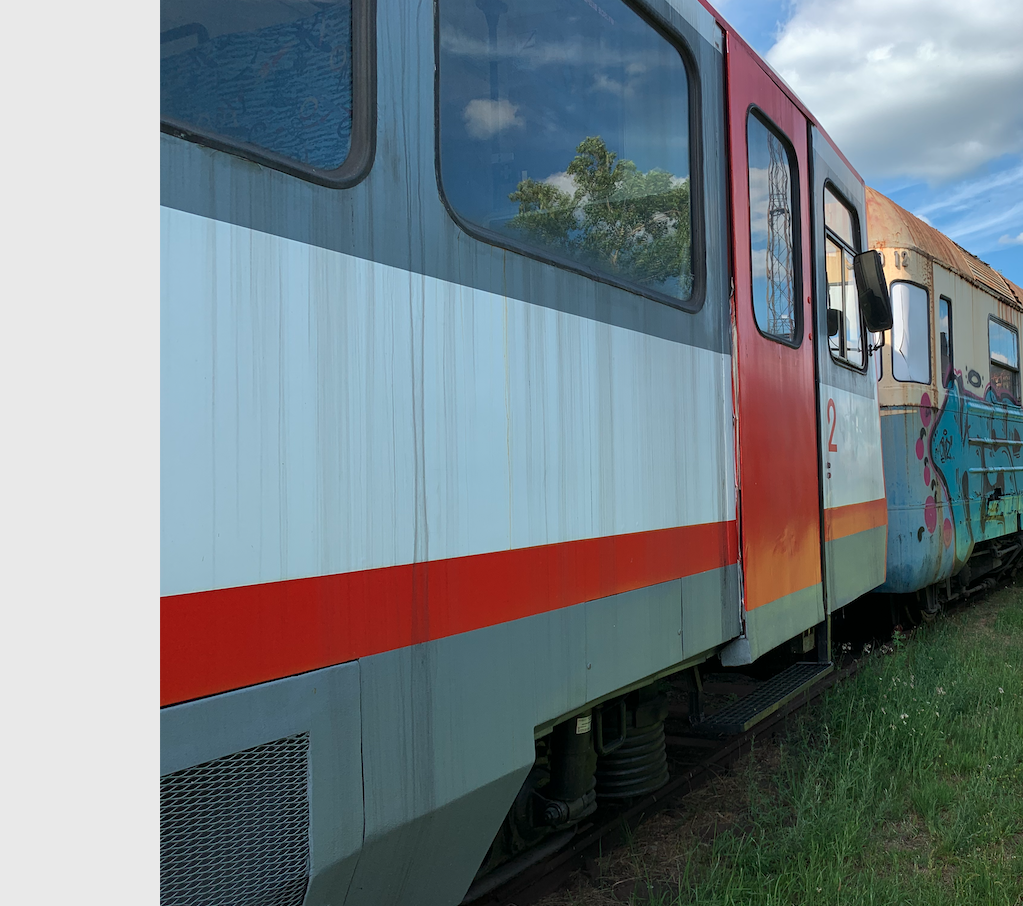
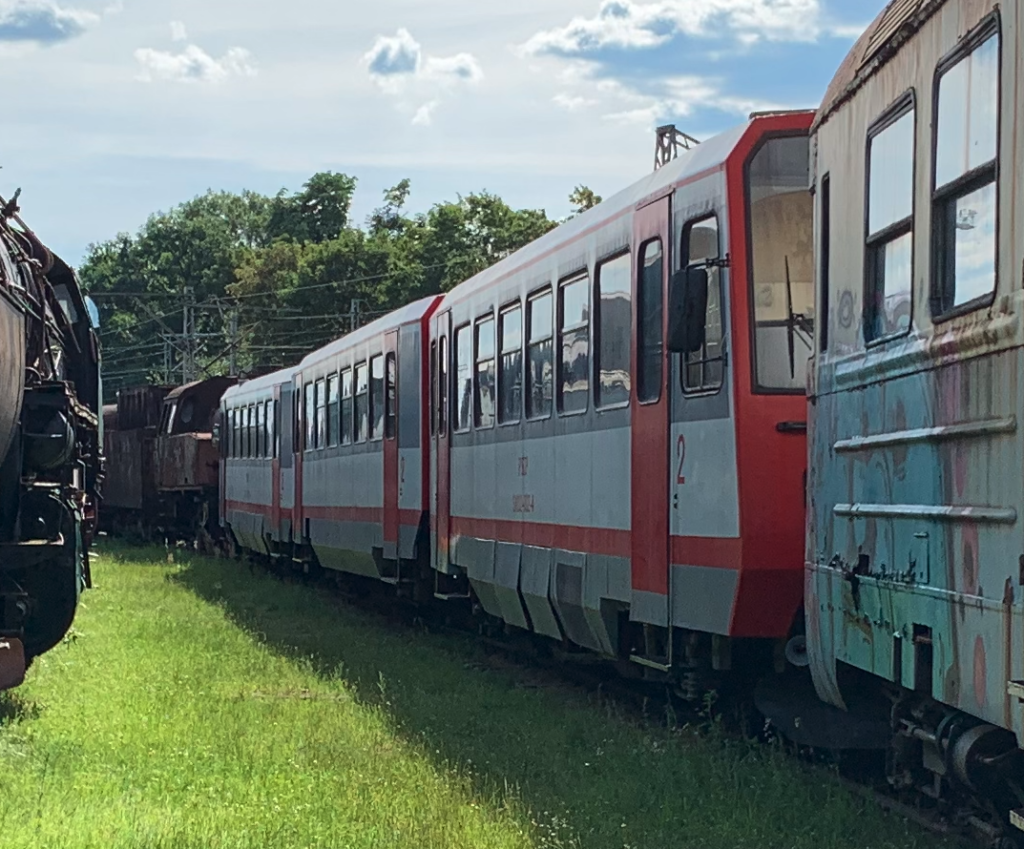
Vehicle versions:
- Type 207M series SA101 – engine axle system 1’A’.
- Type 207Mr series SA121 – distribution axle system 1’1’.
- Type 207Ma series SA102A – engine axle system 1’A’.
- Type 207Mb series SA102B – engine axle system 1’A’.
- Type 207Mra series SA111 – trailer axle system 1’1’.
T-T Type 207M data:
Body length 15.02 m. Total length 15.64 m. Width 3.00 m. Height 3.60 m. Floor height above rail head 1.25 m. Wheel diameter 0.92 m. Net weight 26,500 kg – 29,000 kg. Design speed 90 km/h.
Each car has two pairs of doors 0.80 m wide. Door opening type: step-sliding. There is one toilet in the set of vehicles. There are 48 seats in each car. The compartments have a 2+2 seating arrangement, with a passage in the middle. The cars are walk-through. The cars are connected by a classic screw coupling and the same coupling is installed in the fronts of the control cars. Each car has classic buffers. The driver’s station in the wagon is classically placed on the right side and is very ergonomic and provides excellent visibility. Oerlikon disc brakes were used. The engine wagon was equipped with one engine. The SW 680/59/15 type engines, with a power of 180 kW manufactured by WSK Mielec, were used. The engines were manufactured since 1966 under the license of British Leyland and used in trucks and buses. The engine is a 6-cylinder, in-line engine, with vertically arranged cylinders, diesel, with a turbocharger. Direct fuel injection. The engine has a displacement of 11,100 liters. The dry weight of the engine is 970 kg. The engine was connected to a hydraulic torque converter type ZM340, which also acted as a clutch. The drive from the converter is transmitted further by means of a Cardan shaft to a hydraulically controlled four-speed mechanical gearbox type SB-185 44A/K5 manufactured by FMB “Bumar” from Mrągowo. Next is a two-stage gearbox mounted on the wheel drive axle. The exhaust pipe from the engine was led out above the roof of the car. Access to the engine is possible through covers from the passenger compartment.
In the SA102 engine cars, BF6L513RC engines with a power of 200 kW were installed. The engines are from the German company Klockner-Humbold-Deutz. The torque from the engine is transmitted to the wheels by means of a hydromechanical gearbox type 14.7LHMR32432 from Clark consisting of a hydraulic torque converter acting simultaneously as a clutch and a four-speed electronically controlled gearbox. The system is supervised by the APC-100 microprocessor and automatically responds to changes in load and selects the parameters of the gearbox operation ensuring optimal drive operation. During subsequent repairs, the drive units were replaced with 200 kW BF6L513RC engines. The engine cars are heated by a water system that cools the engine. The shunt cars are heated by two Eberspächer combustion heaters. Ventilation is natural; windows and vents can be opened. Interior lighting is provided by 24 V fluorescent lamps.
Opracował Karol Placha Hetman
